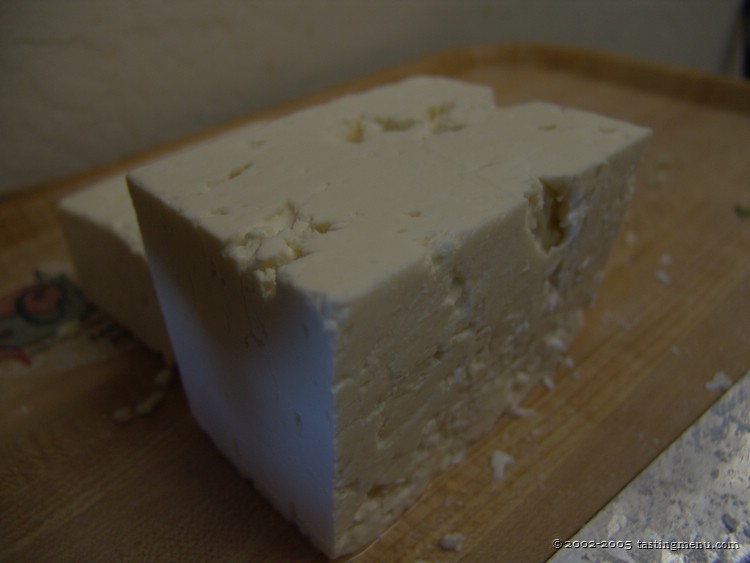Home |
Restaurants by City
|
Food Photography |
Archive | Philosophy |
![]()
|
Want to use this photo?
 Please
contact us at photos / at / tastingmenu / dot / com for information on commercial and
non-commercial licensing of our food photography.
This work is licensed under a Creative Commons License.
Please
contact us at photos / at / tastingmenu / dot / com for information on commercial and
non-commercial licensing of our food photography.
This work is licensed under a Creative Commons License.
Our Sponsors
Free Travel Guides
Current
guides to favorite
destinations around the
world. Hotels, Gourmet
Food, Shopping, Sights,
Travel tips and more.
USA, Europe, Asia,
Africa, Middle East.
Wholesale Golf - Masters degree - Bluetooth Software - Marketing Books - Silver Rings - Jewish Gifts and Judaica
Home |
Restaurants by City
|
Food Photography |
Archive | Philosophy |
![]()
Comments, questions, or feedback:
info / at / tastingmenu / dot / com
All pages Copyright (c) 2001-2006 tastingmenu.com
Last modified 06/06/06.


